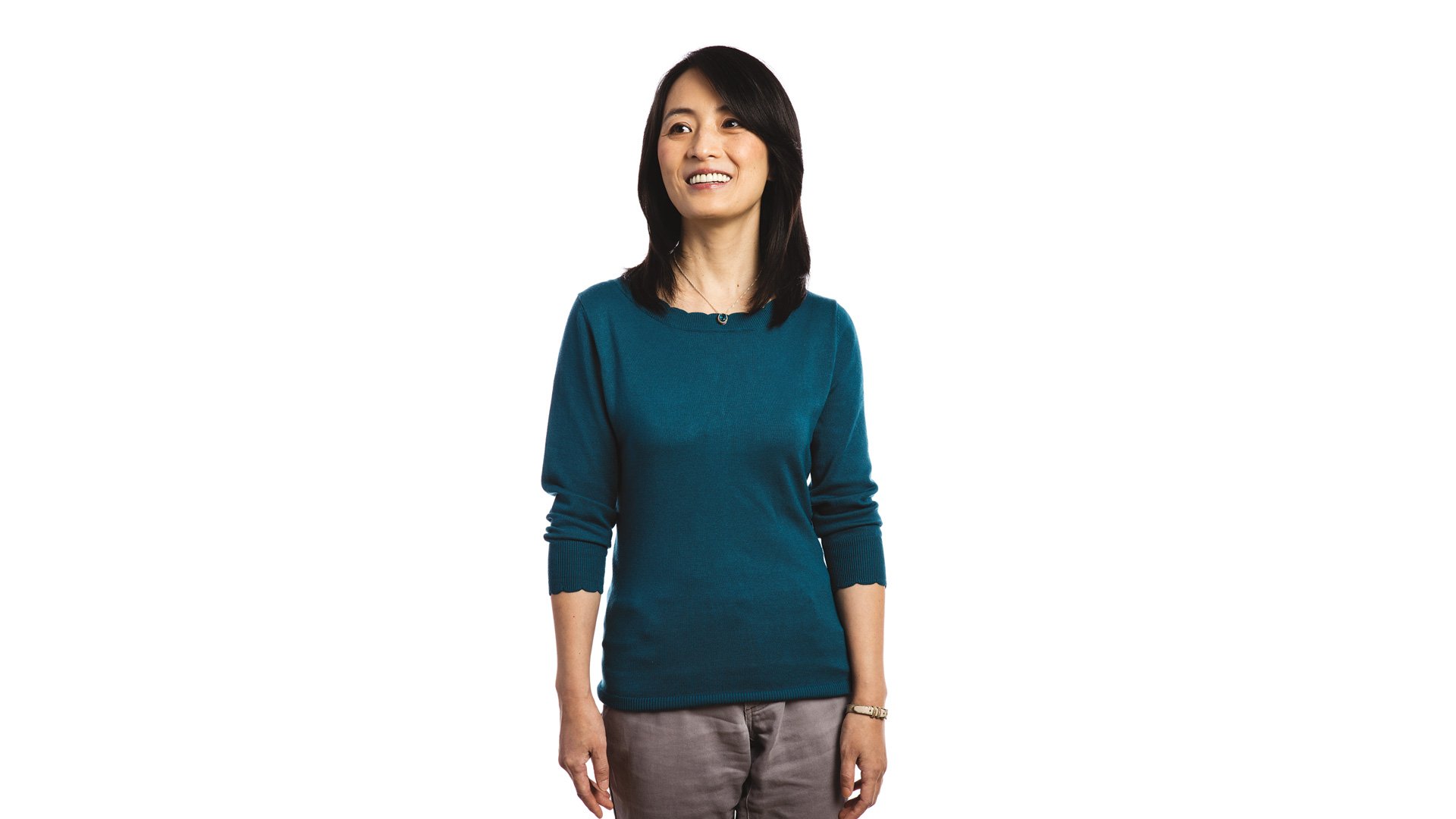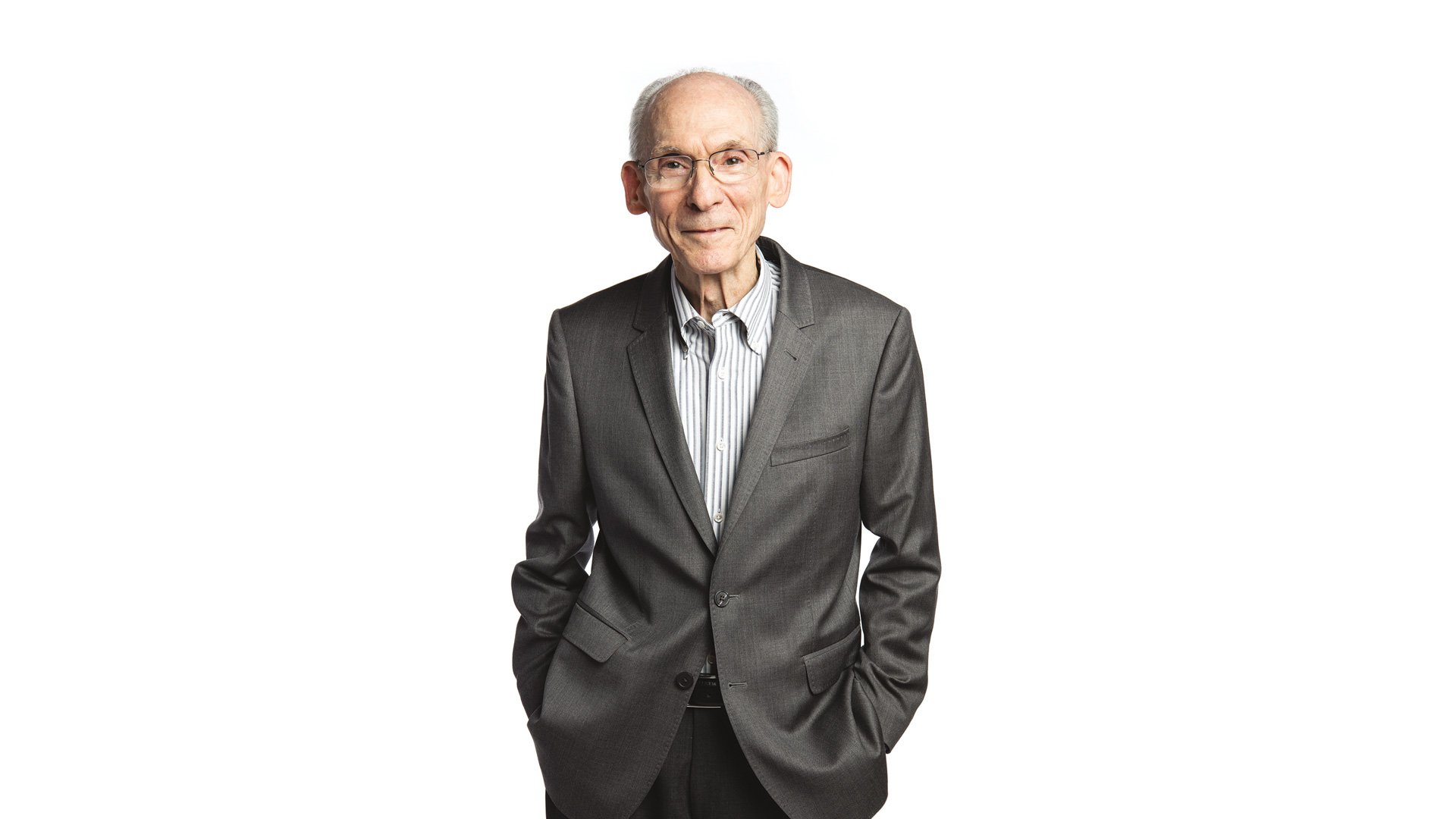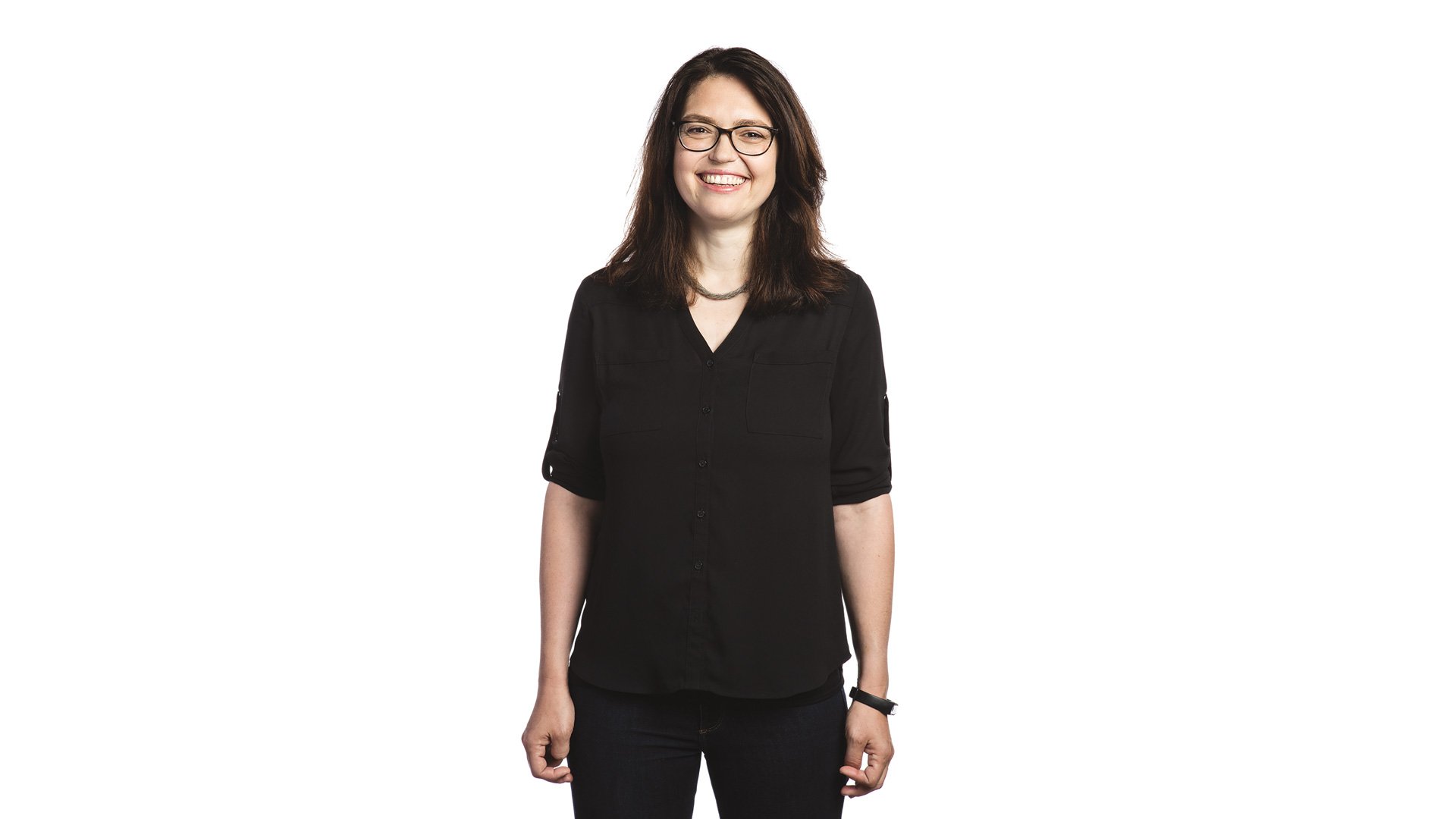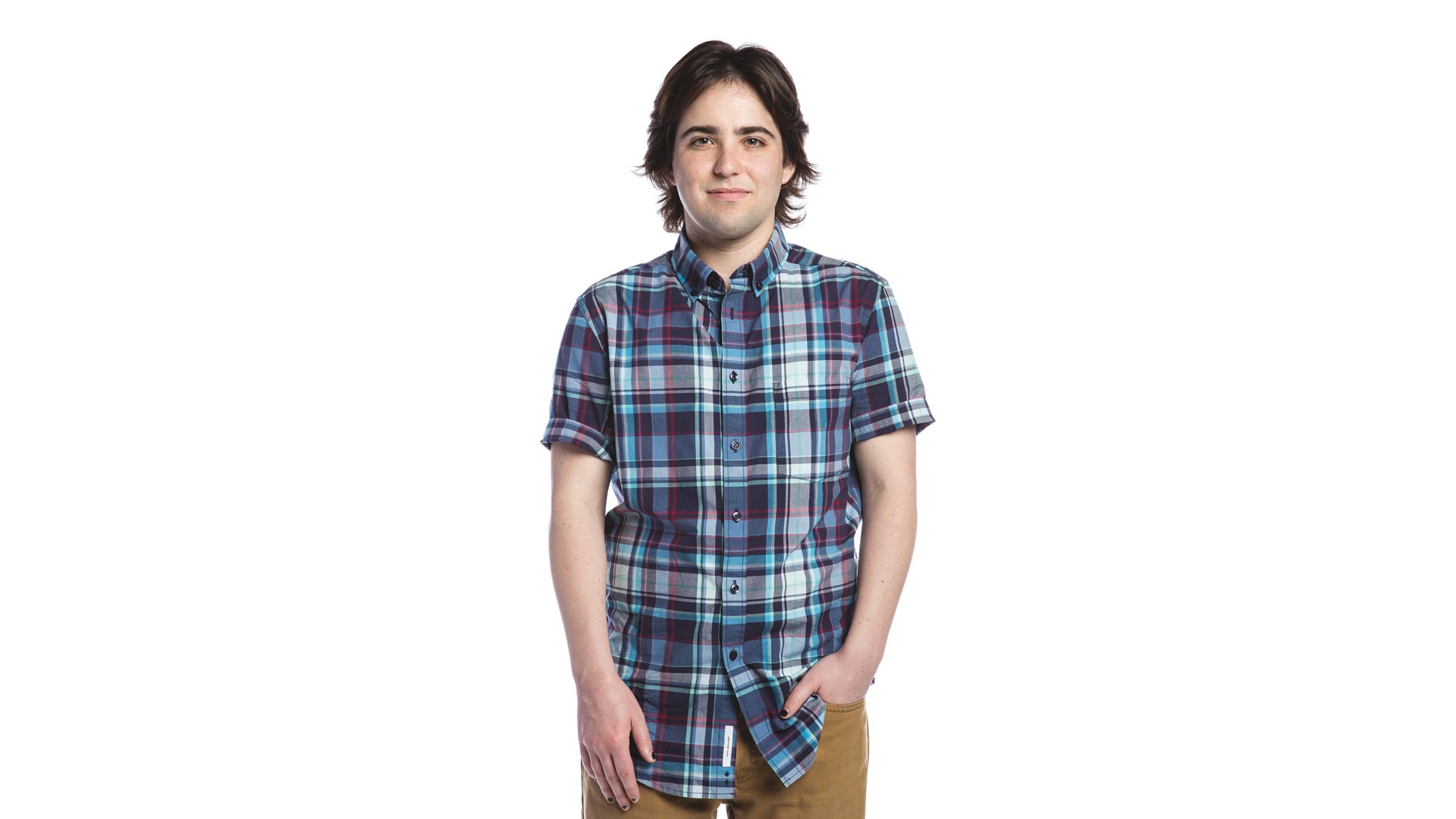The Break Through Is Just the Beginning
The Chen Neuroscience Research Building
At Caltech, a breakthrough may refer to breaking through boundaries to build collaborations across disciplines, to a landmark discovery or groundbreaking study, or to the $3.4 billion campaign that has catalyzed the creation of new technologies, tools, and innovations to address global challenges and improve the human condition.
Building for Innovation
Break Through gifts created 15 new centers and initiatives to build upon the Institute’s interdisciplinary practice and transform the physical environment in the process. The Tianqiao and Chrissy Chen Institute for Neuroscience at Caltech, headquartered within the Chen Neuroscience Research Building, unites researchers across an array of disciplines who seek to deepen our understanding of the brain’s structure and how the brain works at its fundamental level. The Resnick Sustainability Institute brings together research across campus that addresses challenges and opportunities associated with climate change and the stewardship of natural resources. The Merkin Institute for Translational Research empowers scientists and engineers to turn their breakthrough innovations into real advances in human health.
“Philanthropy allows you to take risks. It allows you to push the limits of your imagination. And when it works, then, of course, you have transformation.”
The campaign also allowed Caltech to revitalize the Gates–Thomas Laboratory, build the Bechtel Residence, construct a robotic wonderland to house the Center for Autonomous Systems and Technologies (CAST), renovate the the Ronald and Maxine Linde Hall of Mathematics and Physics, and much more.
During the Break Through campaign, donors invested more than $3.4 billion to position the Institute for a future of limitless discovery and Caltech became the smallest undergraduate institution in the country to raise more than $3 billion. More than 14,500 donors—including 9,400 alumni, or more than 45 percent of living alumni—endowed 46 professorships, 28 early-career professorships, and 24 leadership chairs, and amplified or established 15 institutes, centers, and research initiatives. The campaign raised $136 million for undergraduate scholarships and $275 million for graduate fellowships. The breakthrough is just the beginning. The story of the Break Through campaign is one of seeding opportunities for high-risk, high-reward research that will benefit society for decades to come.
A Break Through Boost
Campaign donors have created forward-looking programs to help Caltech scientists and engineers across diverse fields maximize the impact of their work through translation of their discoveries into new products and ventures that improve lives.
To honor Carver Mead (BS ’56, MS ’57, PhD ’60), the Gordon and Betty Moore Professor of Engineering and Applied Science, Emeritus, and his pioneering approach to research and innovation, more than 200 donors inaugurated the Carver Mead New Adventures Fund to boost exceptional projects at an early stage of development. New Adventures awarded its first grants in 2017, and has since funded research into computational microscopes that can see beyond what is possible with light alone; wearable devices that continually monitor a person’s health; and a study of entropy in the genome of the SARS-CoV-2 virus, providing insights into the virus’s evolution.
Inventors and innovators must face the “valley of death,” where patent problems, testing snags, and funding issues can derail an interesting idea. The late James Rothenberg, a former Caltech trustee, and his wife Ann Rothenberg created the Rothenberg Innovation Initiative (RI2) to provide up to two years of crucial support to help Caltech researchers get their ideas to market. This past year alone, RI2 gave support to a flexible Band-Aid−sized instrument to continuously monitor body core temperature and to lensless, flat silicon chips to improve LiDAR (light detection and ranging) technology in self-driving cars and biomedical instruments. Since the program’s inception, RI2 grants have spurred 176 patents, 18 start-ups, and 40 disclosed inventions.
Bridging the gap between medical innovations and bedside applications is the focus of the Heritage Research Institute for the Advancement of Medicine and Science, established at Caltech in 2015 with a gift from Caltech senior trustee Richard N. Merkin, MD. This new institute created a cohort of researchers, the Heritage Medical Research Institute Investigators, who focus on translational sciences and health technology. Among the recent advances made possible through this cohort are the discovery of a functional link between gut bacteria and Parkinson’s disease as well as other neurological disorders, which may lead to new treatments for conditions ranging from inflammatory bowel disease to Alzheimer’s, and the development of a prototype miniature device that could roam the body to diagnose and treat disease.





Points of Impact
Lasers Into the Brain: Lihong Wang developed a method called photoacoustic computerized tomography (PACT) that uses laser light and ultrasonic sound waves to image tissues and organs. This technology took a leap forward when a multi-university team led by Wang and including Andrew and Peggy Cherng Department of Medical Engineering staff scientist Konstantin Maslov showed that PACT can detect minute changes in the amount of blood traveling to different parts of the brain, thus measuring neural activity without many of the disadvantages of the ubiquitous functional magnetic resonance imaging (fMRI) machines, which are expensive and require patients to fit inside a narrow tube. Wang is Bren Professor of Medical Engineering and Electrical Engineering and member of the Break Through-supported Andrew and Peggy Cherng Department of Medical Engineering, Caltech’s first named and endowed department, which backed this research.
Space-based Solar Power prototype.
Where the Sun Always Shines: Donald Bren, chairman of Irvine Company and a life member of the Caltech community, and his wife, Caltech trustee Brigitte Bren, donated $100 million to Break Through to support endowed professorships as well as the Space-based Solar Power Project (SSPP). The project aims to build a prototype of an orbiting solar energy system that could collect the sun’s rays all the time, with no worries about the effects of nightfall or cloud cover on the ability to take in energy. After converting solar energy to electricity, it would transfer that clean energy wirelessly back to Earth using radio frequency electrical power. The first test of the prototype is slated for 2023.
Chasing COVID: Pamela Bjorkman, the David Baltimore Professor of Biology and Bioengineering, has studied viruses such as HIV, but when COVID-19 brought the world to a standstill, researchers in her lab raced to apply their expertise to understanding SARS-CoV-2, the virus behind the pandemic. A team in the lab designed a nanoparticle-based immunization technique with the potential to protect against many kinds of coronaviruses. Another team characterized many different antibodies to SARS-CoV-2 and identified those most effective at neutralizing the virus. The Break Through-funded Merkin Institute for Translational Research supported this effort.
“I’m grateful to all who have decided Caltech is the place that deserves this very, very generous support, which provides us with a firm foundation to go forward into unknown territories.”


